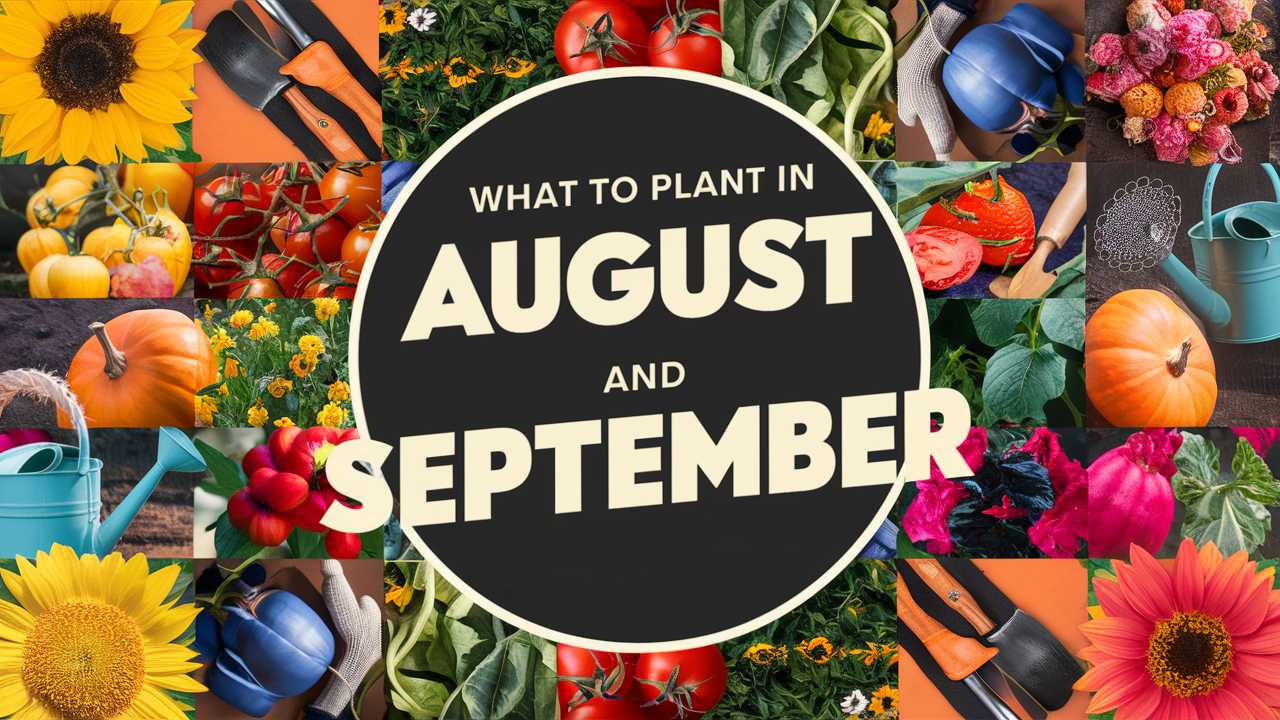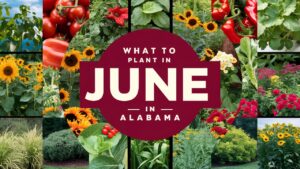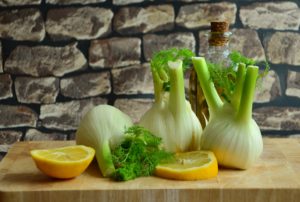As summer slowly transitions into fall, the gardening world offers a unique arena of opportunities for growers in various USDA zones. August and September are crucial months for planting many types of crops, flowers, and herbs and setting the foundation for a bountiful harvest or vibrant landscape in the seasons to come.
Below is an in-depth look at plants suited for these months, categorized by vegetables, flowers, herbs, and landscape plants.
Vegetables To Plant
When the heat of summer starts to dissipate, certain vegetables thrive in the late-season sunshine. Depending on your USDA growing zone, here are ten vegetables you can successfully plant in August and September.
Broccoli
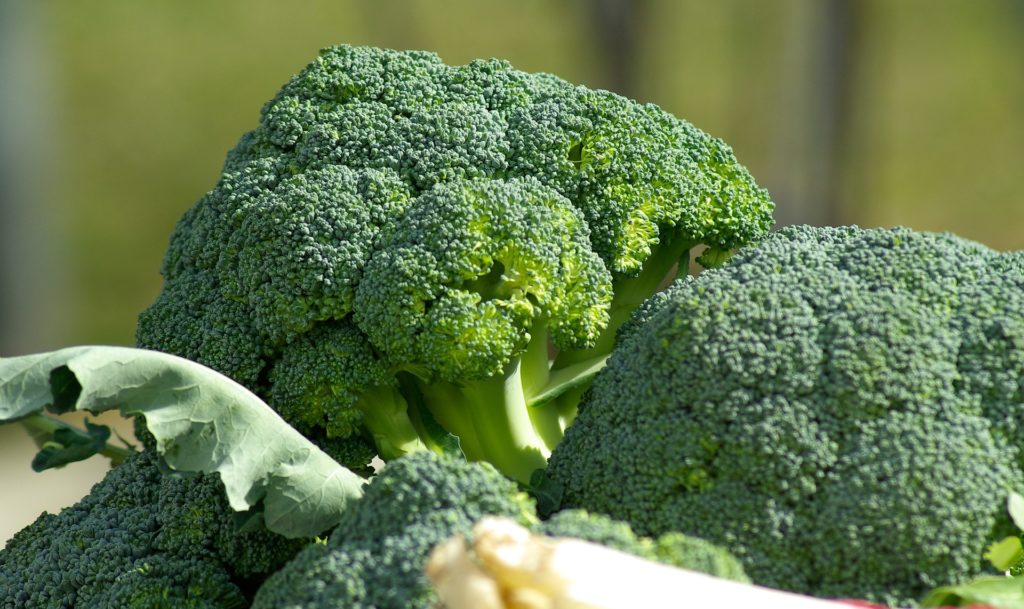
Broccoli is a member of the brassica family and is known for its excellent nutritional content. It thrives in cooler temperatures and can be planted as late as mid-August in Zones 3-6, while those in Zones 7-9 may start their seeds indoors in late July and transplant in August. Broccoli seeds prefer soil temperatures around 60-70°F (15-21°C) for optimal germination.
This vegetable requires full sun and consistent moisture for best results. Broccoli can be harvested in late fall, often after the first frost, which can enhance its flavor. Its temperature tolerance allows it to withstand light frosts, making it ideal for late summer planting.
Kale
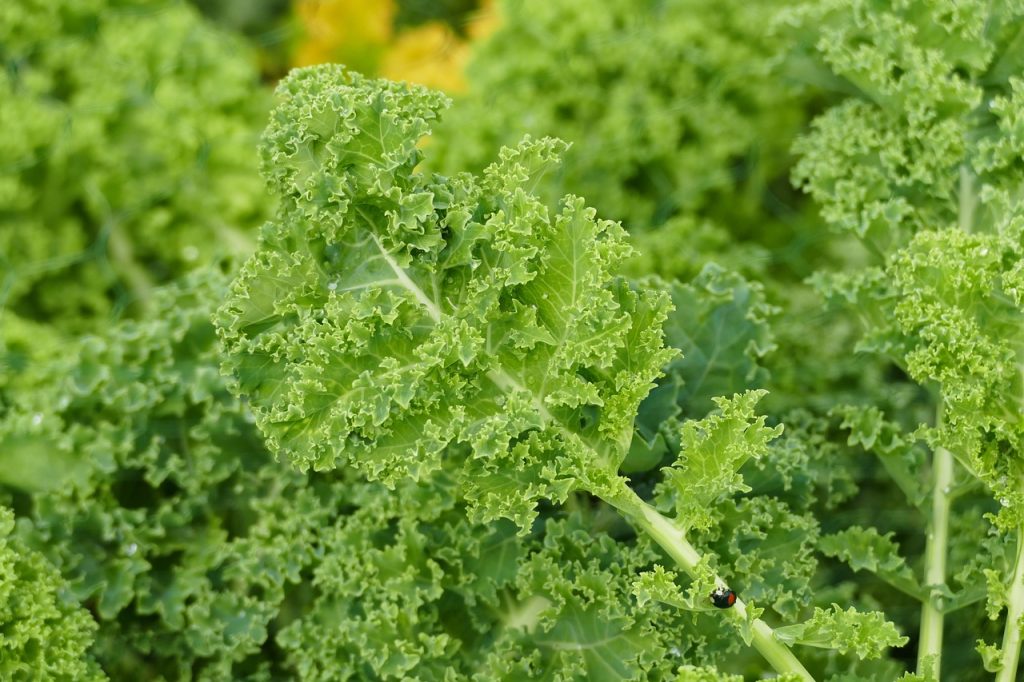
Kale is another cool-weather favorite, renowned for its hardiness and nutritional benefits. In Zones 3-7, you can sow kale seeds directly into your garden in early August, while later in August into September is suitable for Zones 8-9 where the growing season is longer.
Preferring temperatures ranging from 60-68°F (15-20°C), kale will thrive as it matures into the cooler fall months. A unique feature of kale is that it can continue to grow even after being touched by frost, sweetening its flavor significantly due to the change in starches. It’s a versatile vegetable that can be used in salads, smoothies, or cooked dishes.
Carrots
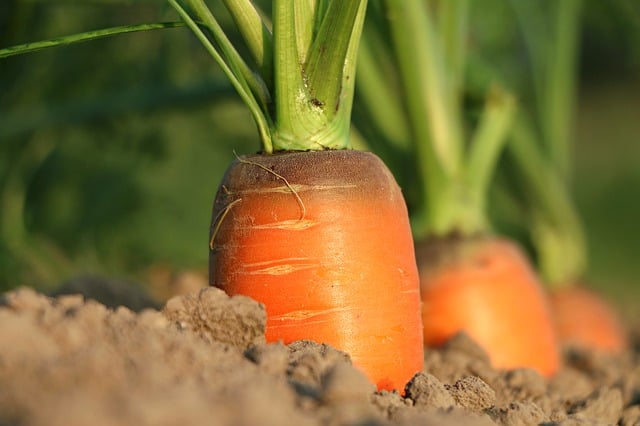
Carrots are a root vegetable that benefits from a cooler growing period. In USDA Zones 3-6, sow carrot seeds as late as mid-August to early September, while in warmer Zones (7-9), they can also be sown in early September. Carrots need well-drained, sandy soil for optimum growth and a temperature range of 55-75°F (12-24°C).
These vegetables are fairly frost-tolerant and can produce a superior flavor with frost exposure. Carrots cultivated in the fall tend to be sweeter and can be left in the ground until you are ready to harvest them, provided the ground doesn’t freeze solid.
Spinach
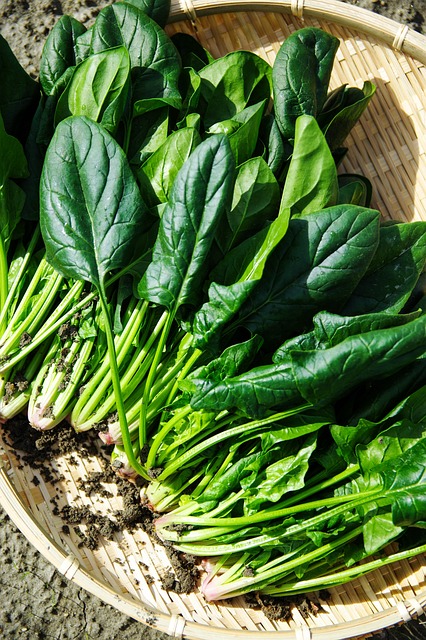
Spinach is a nutrient-rich green that grows rapidly in cooler temperatures. In Zones 3-7, sow spinach seeds in mid to late August, while in Zones 8-9, you can start seeding in early September. Spinach prefers a temperature range of 50-68°F (10-20°C) for optimal growth.
This leafy green does well in partial shade but can also thrive in full sun. Spinach is known for its ability to withstand mild frosts, and the cooling temperatures of early fall make it ideal for a second planting. You can enjoy fresh spinach salads or cook it into entrees throughout the late growing season.
Radishes
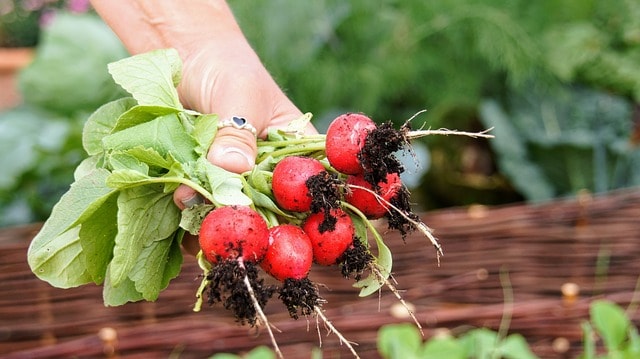
Radishes are one of the fastest-growing vegetables, making them perfect for late summer sowings. They can be planted through August and into September across various USDA zones, with the optimal soil temperature for germination at around 60-70°F (15-21°C).
Zones 3-7 are optimal for fall planting. Since radishes mature in as little as three to four weeks, they can be harvested well before the first frost. With their crisp, spicy flavor, radishes can serve as a crunchy addition to salads or as a snack.
Lettuce
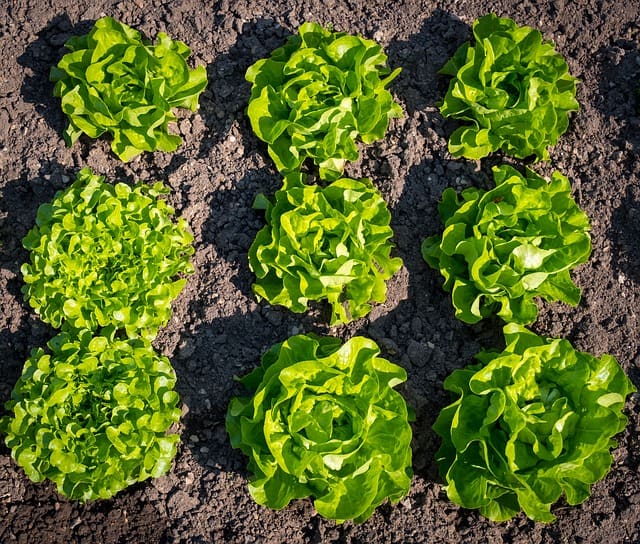
Lettuce is another quick-growing option that enjoys cooler temperatures. Plant lettuce seeds directly into the garden in Zones 3-6 as early as mid-August and into September in warmer Zones 7-9. Preferring temperatures around 60-70°F (15-21°C), lettuce can flourish in partial shade.
This leafy green is best harvested young, and with constant watering, you can extend the growing season well into the fall. The crisp, refreshing taste of fresh-cut lettuce cannot be matched by store-bought varieties, making it an excellent add-on for salads and sandwiches.
Beets
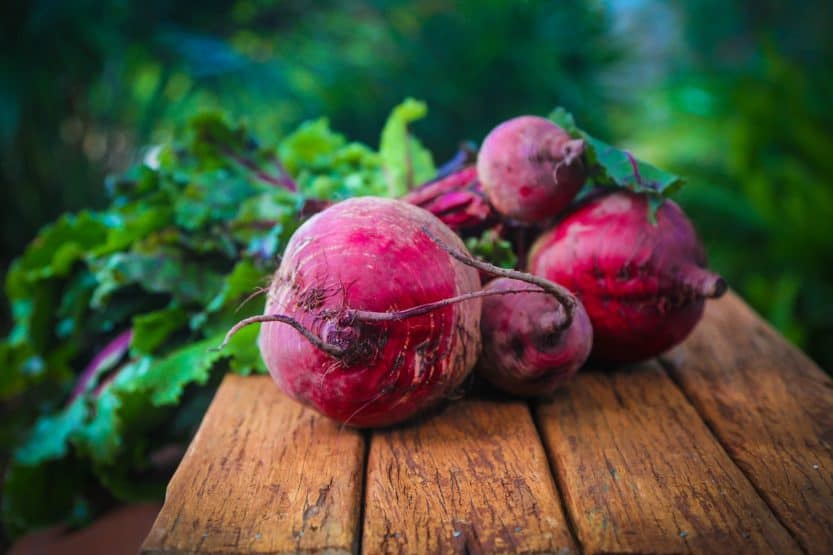
Beets are versatile root vegetables that prefer cooler weather. In USDA Zones 3-6, you can sow beet seeds in early to mid-August, while in Zones 7-9, sow them in September. Beets prefer soil temperatures between 50-85°F (10-29°C).
Beyond their vibrant color, beets are hardy and can withstand cooler evenings, developing their best flavor after exposure to frost. Beets can be used roasted, pickled, or grated raw for salads. They are also remarkable for their versatility, as both the greens and roots are edible.
Peas
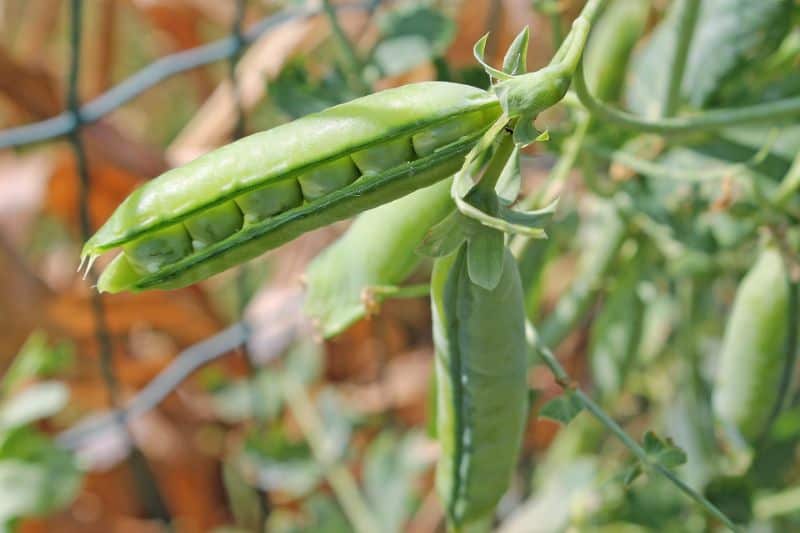
Peas, especially sugar snap and snow peas, are enjoyable late-season crops. You can sow peas in early September in Zones 3-6, taking advantage of the cooler climate. They do best at temperatures ranging from 55-70°F (12-21°C).
Peas generally require trellising for optimal growth and can yield abundant harvests into the fall. The light frost can actually enhance their sweetness, making them delightful snacks or additions to many dishes.
Turnips
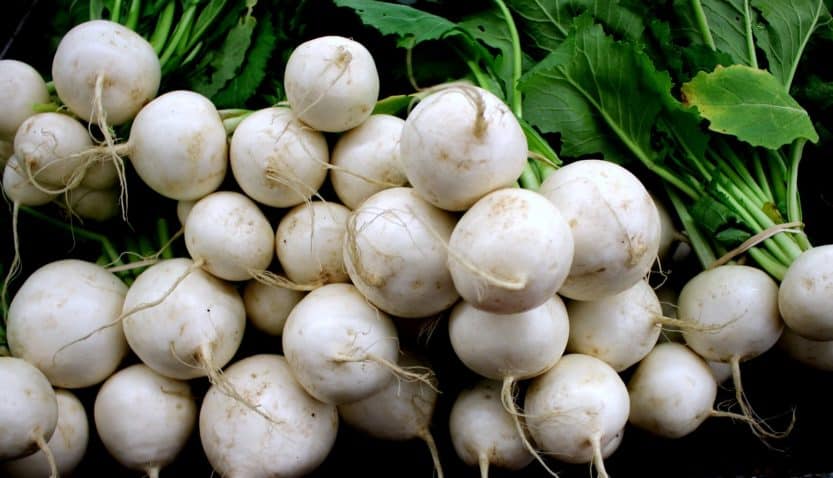
Turnips are fast-growing root vegetables that serve dual purposes — you can eat both the roots and the greens. Plant seeds in late August to early September across USDA Zones 3-7, where they will thrive in cooler temperatures of 60-65°F (15-18°C).
This hardy vegetable is frost-tolerant and can develop robust flavors when growing in challenging cold. Turnips can be stored well into winter if properly harvested and stored, providing nutrition throughout the colder months.
Swiss Chard
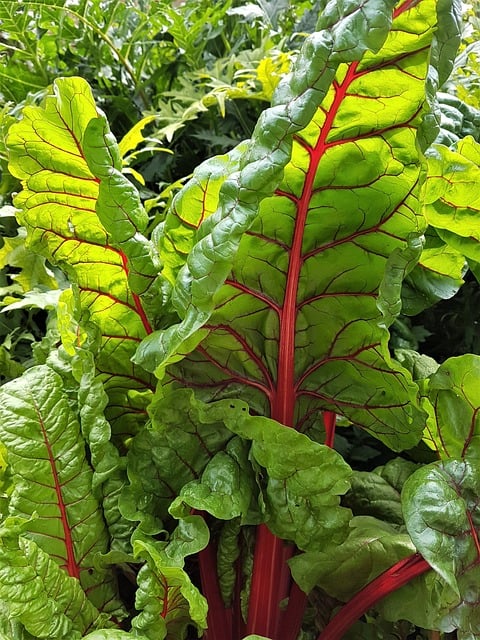
Swiss chard is a leafy green that is both beautiful and nutritious. It can be sown through September across USDA Zones 3-9, where it prefers a soil temperature around 50-85°F (10-29°C).
Resilient and heat-tolerant, Swiss chard is considered a biennial, allowing for a lengthy growing season. Not only can you enjoy the edible leaves, but the colorful stems also add vibrance to your garden and plate. This vegetable can be harvested throughout the fall as you snip away the outer leaves, providing a continuous supply for salads, stir-fries, and sautés.
Flowers To Plant
August and September are also the perfect months to add some late bloomers to your garden, ensuring a vibrant landscape as summer retreats. Here are ten flowers you can plant during this period.
Asters
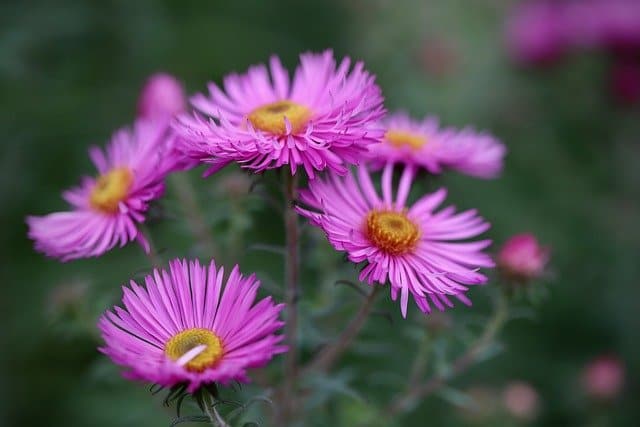
Asters are perennial flowers that thrive in late summer through fall. Plant them in August for zones 3-8, ideally in sunny areas with well-drained soil. They can withstand temperatures from 50-70°F (10-21°C) and attract pollinators, making them a great addition to any garden.
Asters come in various colors, including purple, blue, pink, and white, adding splashes of vibrant hues to your landscape. They can grow between 1-4 feet tall and add height as well as texture with their bushy foliage.
Chrysanthemums

Chrysanthemums, or mums, are classic flowers that signal the arrival of fall. Most varieties should be planted in August and early September in USDA Zones 5-9. They prefer cool temperatures ranging between 65-75°F (18-24°C).
These hardy perennial flowers can bloom from late summer to late fall, giving your garden a seasonal color boost. Mums come in an array of shapes, sizes, and colors, appealing to any gardener’s aesthetic. They can be combined with other fall flowers to create stunning arrangements and garden designs.
Snapdragons
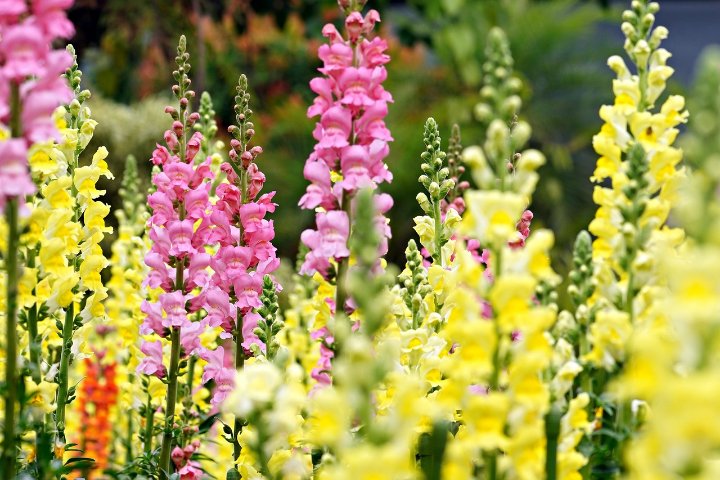
Snapdragons are cheerful annual flowers known for their unique flower shape. In USDA Zones 3-10, you can plant snapdragon seeds in late August to early September. They prefer moderate temperatures around 60-70°F (15-21°C).
Snapdragons add height and vertical interest to borders and containers. They can withstand light frosts in fall and are available in an extensive array of colors. Pruning spent blooms can result in prolonged flowering, allowing you to enjoy their beauty longer into the season.
Pansies
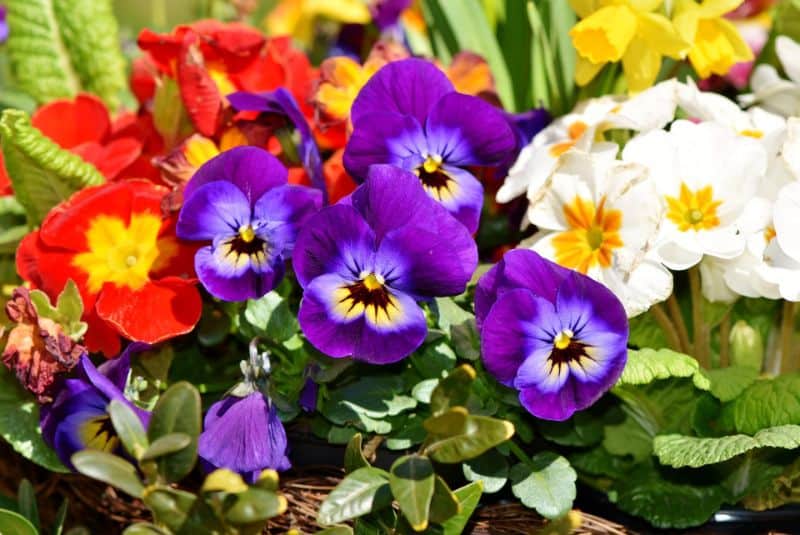
Pansies are cool-weather favorites with their striking patterns and colors. For optimal growth in Zones 4-9, sow pansy seeds or transplants in mid-August to early September. They thrive in temperatures of 45-65°F (7-18°C) and can withstand light frost.
These hardy annuals bring a whimsical touch to gardens, blooming from early fall through spring. Pansies can be grown as borders, ground covers, or in containers, providing cheerful color when many other blooms are fading.
Gaillardia

Also known as blanket flowers, gaillardia is a hardy perennial that thrives well in August plantings across Zones 4-9. They prefer temperatures of 65-80°F (18-27°C) and do well in well-drained, sandy or rocky soils.
With their striking red, orange, and yellow hues, gaillardia attracts butterflies and other pollinators. These resilient flowers can tolerate drought conditions and will add vibrant color to your garden with minimal care.
Sedum
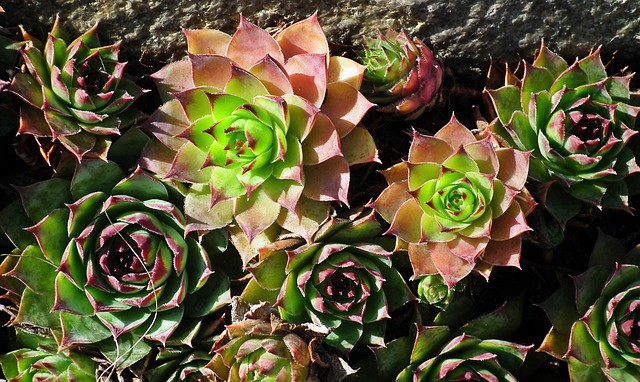
Sedum, or stonecrop, is an evergreen perennial that thrives in USDA Zones 3-9. Plant them in late August through early September. They prefer temperatures ranging from 60-75°F (15-24°C) and require minimal care, making them an ideal late-season addition.
Sedums are succulent in nature, storing water in their leaves, which makes them tolerant of drought. They bloom in late summer to fall, displaying clusters of star-shaped flowers that attract bees. The foliage can change colors in the fall, providing additional seasonal interest.
Ornamental Kale and Cabbage
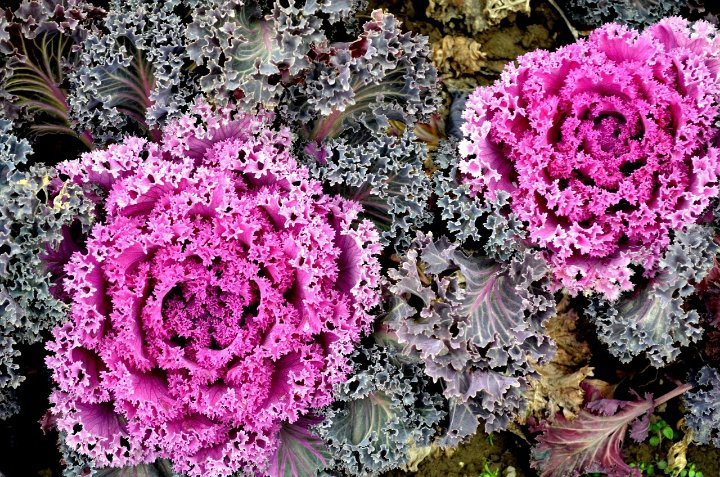
Ornamental kale and cabbage add a unique touch to the fall garden. These cool-weather plants can be sown directly in the garden in Zones 3-9 during August and September. They prefer temperatures around 50-65°F (10-18°C) for optimal growth.
These leafy vegetables can survive light frost and maintain vibrant colors even in cooler temperatures. Their rosettes of leaves can come in shades of purple, white, and green, creating a striking visual that enhances any garden or container.
Fall-blooming Crocus
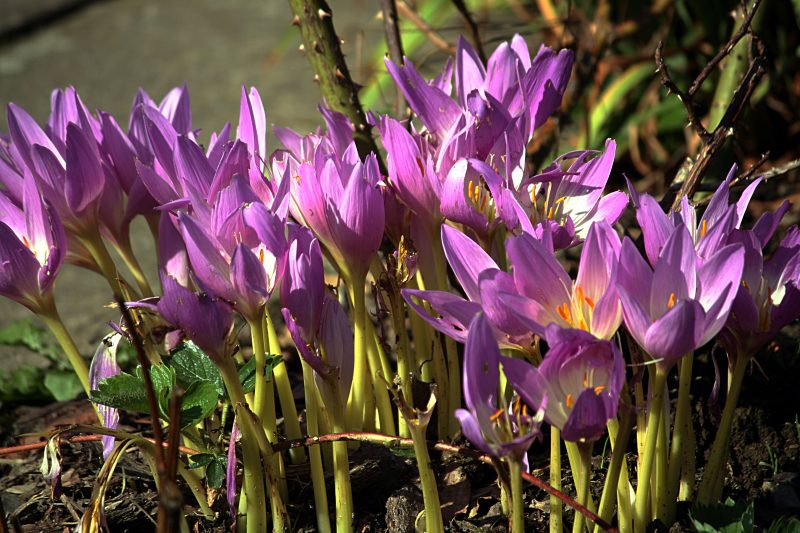
Fall-blooming crocuses, such as Crocus sativus, should be planted in early September in Zones 4-9. These bulbs thrive when planted in temperatures ranging from 55-70°F (13-21°C) but can bloom once the soil cools, typically in late fall.
Known for their vibrant purple flowers, these bulbs will thrive after the heat of summer dissipates. Crocuses are excellent for incorporating pops of color into your garden as they bloom before many other fall perennials.
Benjamin’s Button (Knautia)
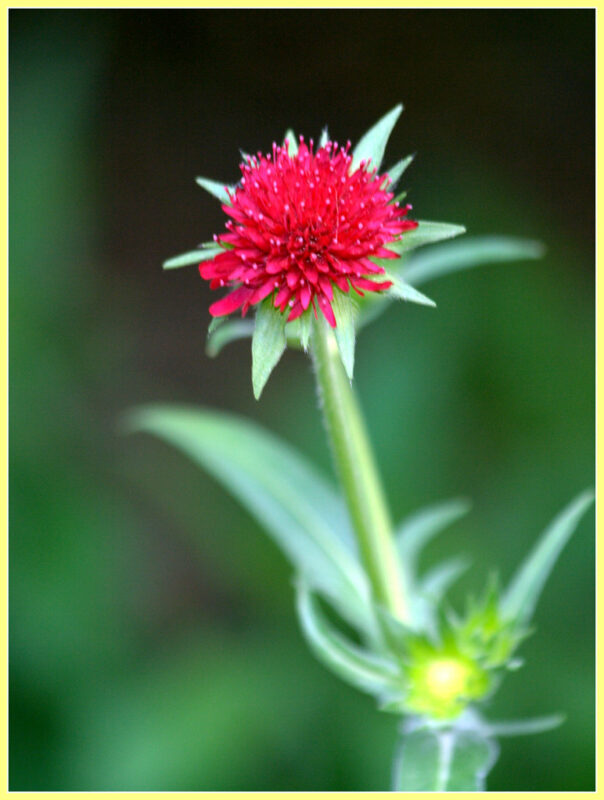
Benjamin’s Button, or Knautia, is a beautiful perennial that flowers late in the growing season. It can be planted in mid to late August across Zones 5-9. They perform well in temperatures ranging from 60-75°F (16-24°C).
Delicate flower heads produce intricate blooms that resemble pincushions. In addition to being visually appealing, Benjamin’s Button attracts butterflies, making it a favorite among pollinator gardeners.
Heliopsis
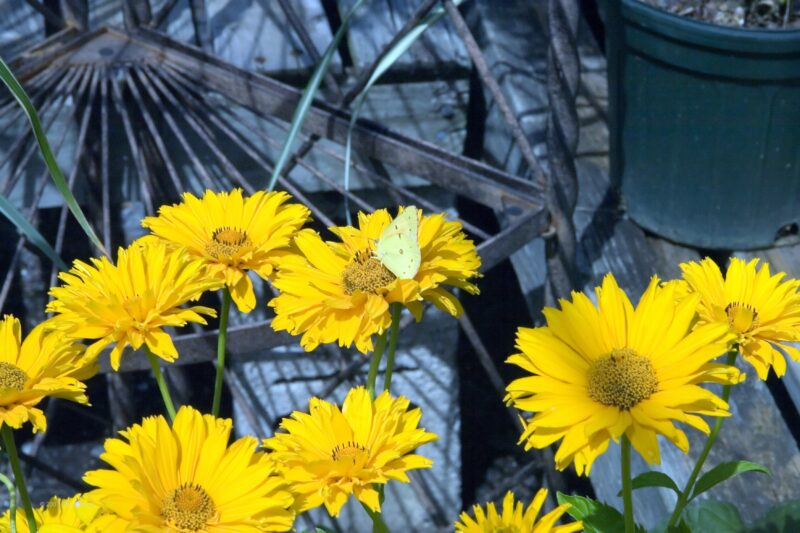
Also known as false sunflower, late-blooming heliopsis can provide mid-summer to fall color. Plant them in August for Zones 4-9, ideally in sunny spots with well-drained soil. These plants can thrive in temperatures around 65-80°F (18-27°C).
Heliopsis produces vibrant yellow flowers that last through fall and can attract bees, birds, and butterflies. Their abundance and hardiness make them a great addition to perennial borders or wildflower gardens.
Herbs To Plant
In addition to vegetables and flowers, late summer and early fall are ideal for planting various herbs that can enhance your garden and kitchen. Here are ten herbs suitable for planting in August and September.
Cilantro
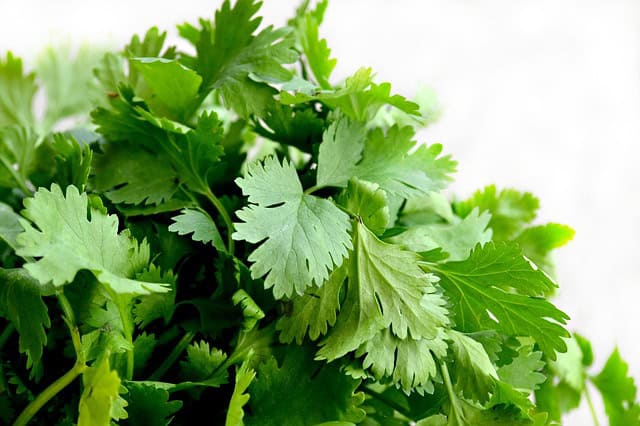
Cilantro grows best in cooler temperatures and can be planted in late August and September across USDA Zones 3-9. It thrives in temperatures ranging from 55-75°F (12-24°C) and prefers well-draining soil.
This herb grows quickly, typically ready to harvest in 3-4 weeks. Cilantro is a key ingredient in many culinary dishes, adding fresh and zesty flavors to salads, tacos, and salsas.
Dill
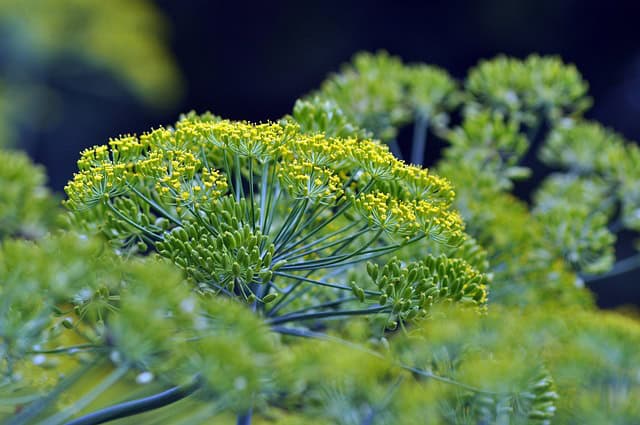
Dill is a fragrant annual herb that can be planted in late August in Zones 3-10. It prefers cooler temperatures of 60-70°F (15-21°C) and does well in well-drained, sandy soil.
Dill is often grown for its leaves and seeds, which are popular in culinary uses, especially with pickles and fish dishes. This herb can attract beneficial insects like parasitic wasps that naturally control garden pests.
Parsley
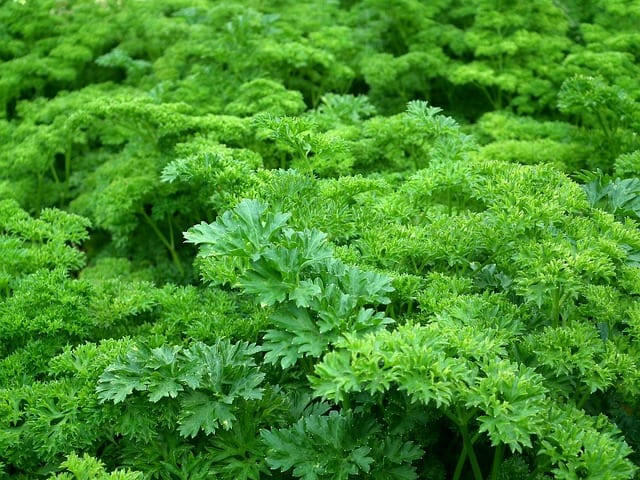
Parsley is a biennial herb often grown as an annual. It can be directly sown in late August or early September throughout Zones 3-9. This hardy plant thrives in temperatures ranging from 65-75°F (18-24°C).
Rich in vitamins A, C, and K, parsley grows best in well-draining soil with regular moisture. It’s versatile in culinary use—from fresh salads to garnishes—and can withstand light frosts, allowing for an extended harvesting period.
Chives
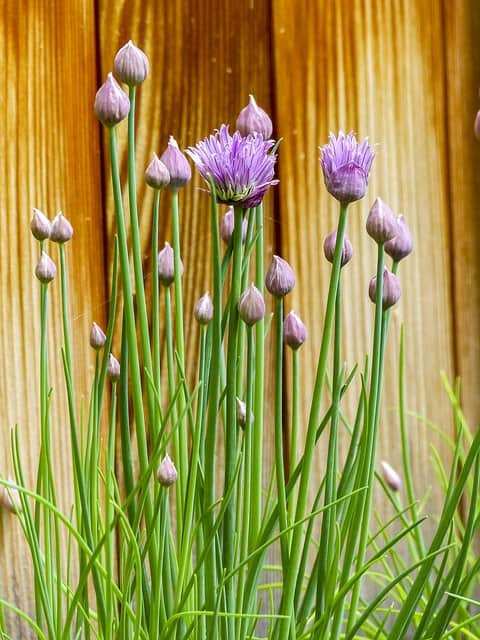
Chives are hardy perennial herbs that can be sown in early September across USDA Zones 3-9. They prefer temperatures between 60-70°F (15-21°C) and do well in full sun with well-drained soil.
Chives bring a mild onion flavor to various dishes and their beautiful purple flowers attract pollinators. Their resistance to frost makes them an excellent choice for late-season planting, and they can continue growing until the ground freezes.
Thyme
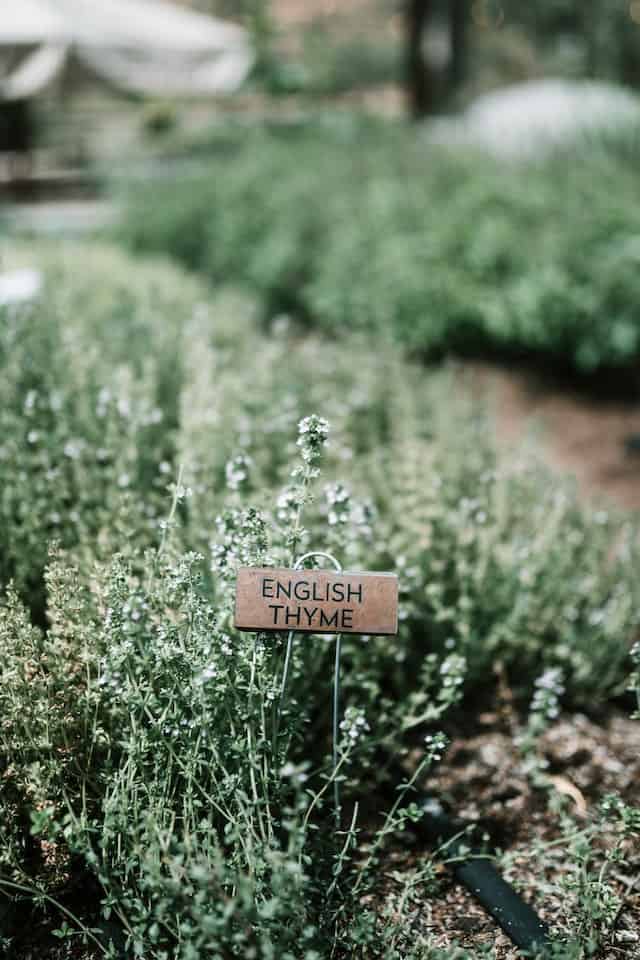
Thyme is a versatile herb that thrives in slightly drier conditions. You can plant thyme in late August through September in USDA Zones 3-9. It enjoys temperatures of 60-75°F (15-24°C) and prefers well-drained, sandy soil.
This perennial herb is drought-tolerant and requires minimal care, making it a great addition to low-maintenance gardens. Thyme enhances numerous dishes, particularly in Mediterranean cuisine, and its aromatic leaves can also be harvested year-round.
Oregano
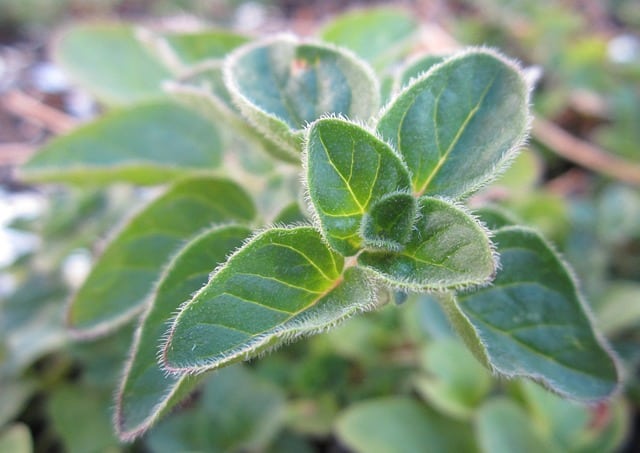
Oregano is an essential herb in many culinary traditions. It can be planted from late August to early September across USDA Zones 5-9. Preferring temperatures of 60-75°F (15-24°C), it thrives with minimal moisture and well-drained soil.
This perennial herb infuses various dishes with its robust flavor and aroma. Oregano is drought-tolerant and can flourish throughout the warm months, and its dried leaves are potent and flavorful for culinary use all year round.
Sage
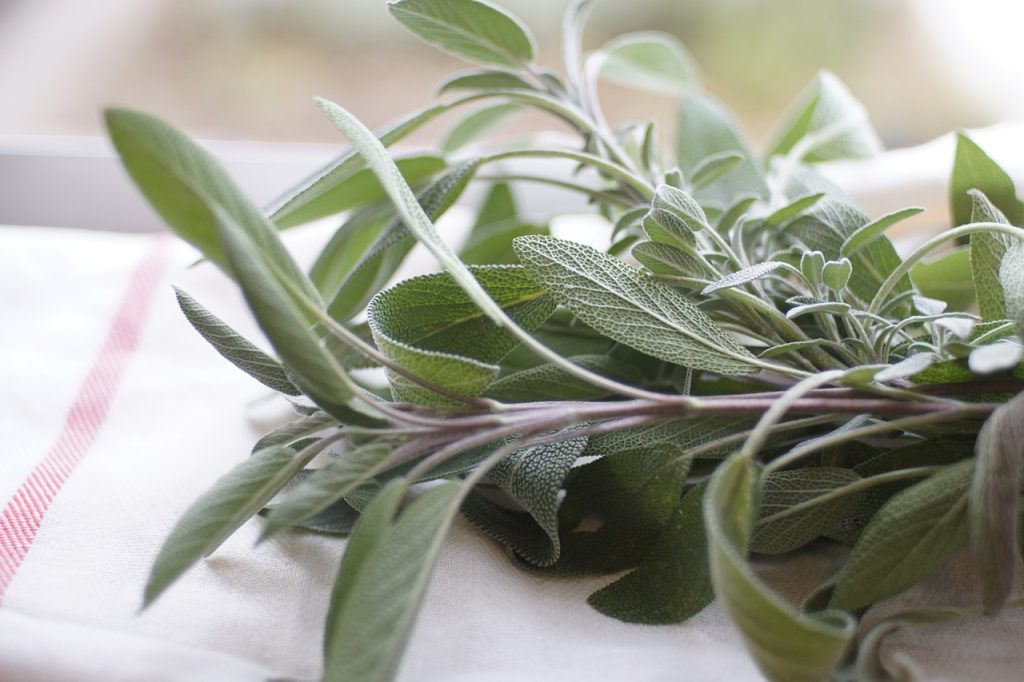
Sage is a hardy perennial herb thriving in USDA Zones 4-9, best sown in late August or early September. It enjoys full sun and well-drained soil with temperatures ranging from 60-75°F (15-24°C).
Sage’s unique flavor pairs beautifully with a range of dishes, especially poultry and vegetable recipes. Its woody stems and narrow leaves offer a distinctive shape and scent to gardens. Once established, sage is drought-tolerant and can withstand cooler temperatures, making it a reliable perennial herb.
Basil
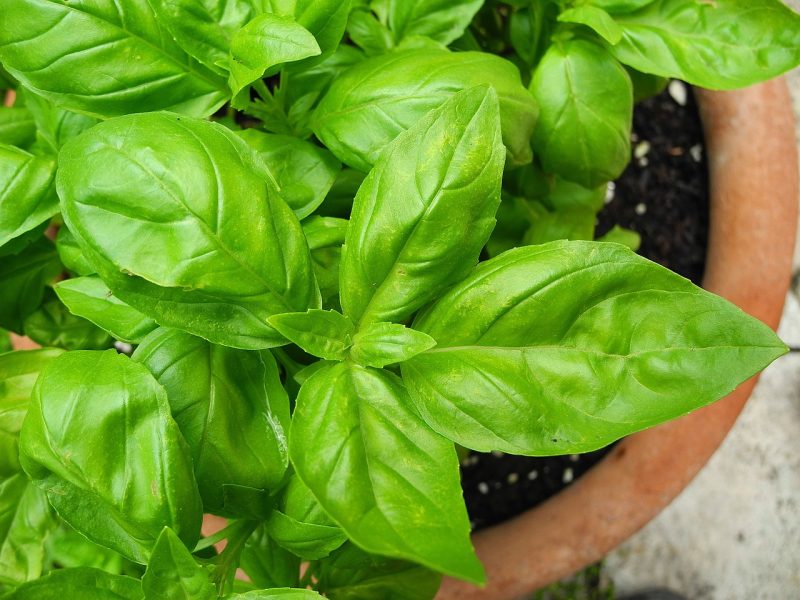
Basil is a warm-weather herb you can still plant in early August through September in Zones 3-9. Basil prefers temperatures around 70-90°F (21-32°C) and does best in rich, well-drained soil.
While basil is usually thought of as an annual, it requires a bit more care than others. Earlier plantings allow for more harvests before the season ends. This herb is perfect for adding fresh flavor to pesto, salads, sauces, and more. Keep in mind basil does not tolerate frost well, so harvest regularly if planted late.
Fennel
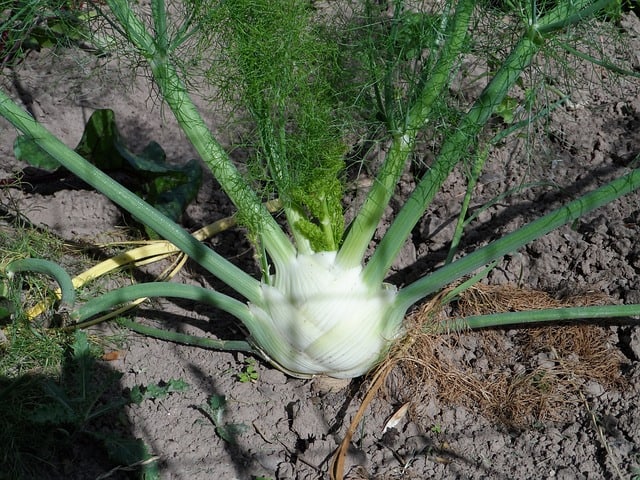
Fennel is a unique herb that can be planted in late August and September in Zones 5-10. It thrives in cooler temperatures of around 60-70°F (15-21°C) and prefers fertile, well-draining soil.
Fennel’s feathery fronds can be used in salads, and its bulbous base can be cooked as a flavorful vegetable. Fennel can attract beneficial insects to your garden and offers both culinary and ornamental benefits.
Mint
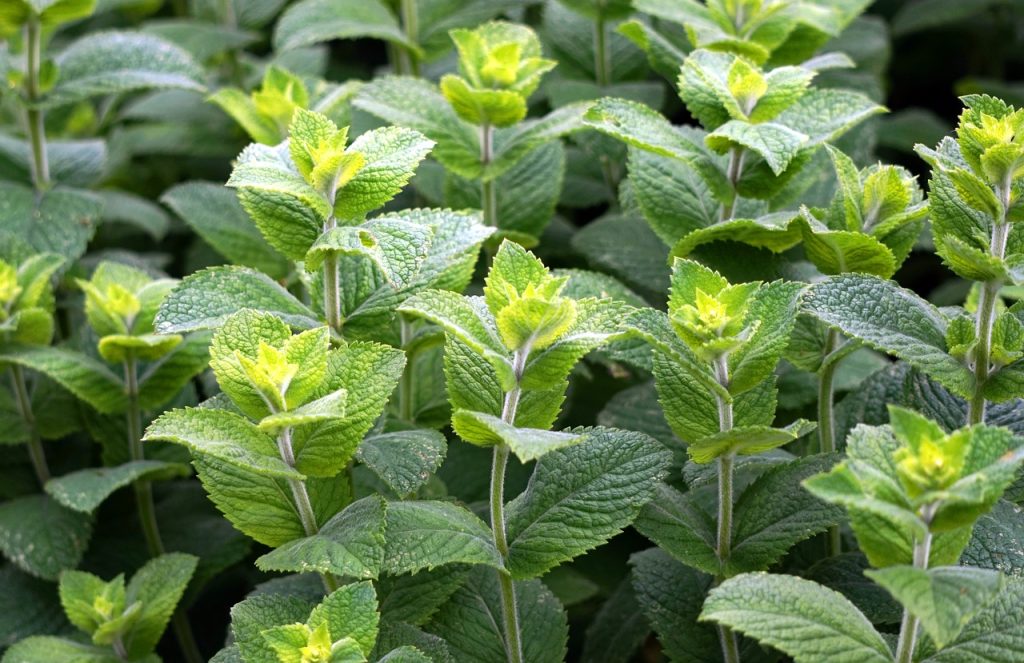
Mint is a vigorous perennial herb that grows best when planted in late summer through September in USDA Zones 4-9. It thrives in cooler temperatures around 60-70°F (15-21°C) and prefers rich, moist soil.
Mint can spread quickly and may need to be contained to avoid overpowering other plants. It is highly aromatic and adds a fresh flavor to teas, desserts, or savory dishes, making it a favorite for culinary gardeners.
Landscape Plants To Plant
Finally, August and September can be ideal months for planting landscape plants that can bloom and flourish in the following seasons. Here are ten plants to consider when designing your garden.
Ornamental Grasses
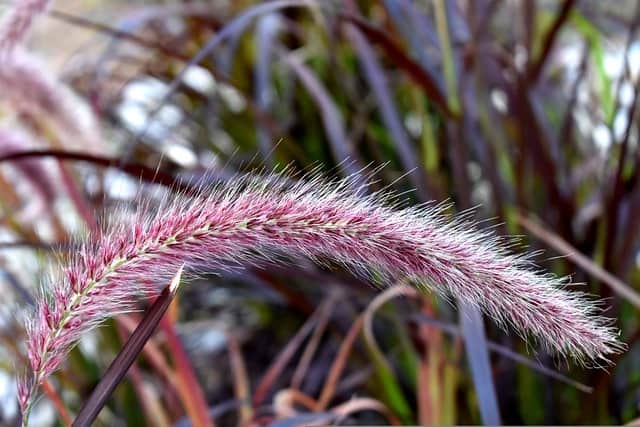
Ornamental grasses like Miscanthus or Pennisetum add texture and movement to landscapes. Planting them in August through September ensures that they establish before winter, particularly in Zones 4-9. They thrive in temperatures ranging from 60-80°F (15-27°C).
These grasses can endure various soil types and display stunning feathery plumes in the fall. They require minimal maintenance, are drought-tolerant once established, and create an elegant backdrop for colorful flowers.
Hydrangeas
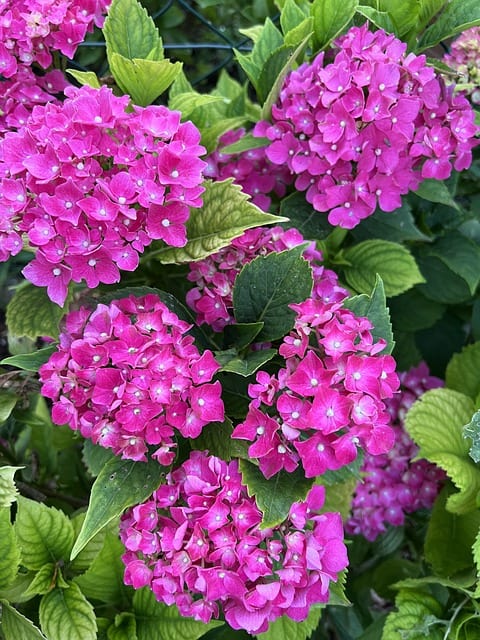
Hydrangeas provide lush blooms that can change color based on soil pH. Plant them in August and September in Zones 3-8, preferring a temperature range of 60-70°F (15-21°C) and rich, well-drained soil.
These shrubs are favorites among gardeners due to their long-lasting blooms and versatility in garden designs. By planting late in the season, hydrangeas can develop robust root systems before winter, leading to more vigorous growth the following year.
Perennials (Daylilies)
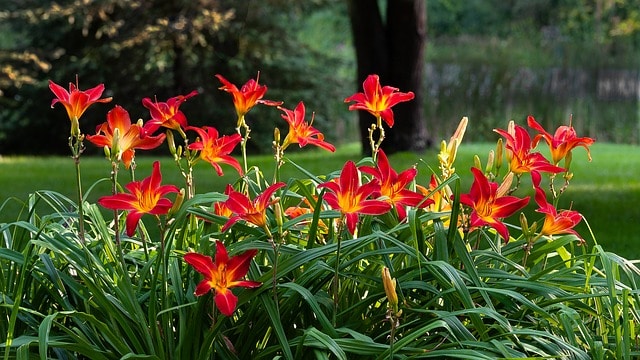
Daylilies are hardy perennials that can be planted in late summer and early fall in USDA Zones 3-9. They prefer full sun and well-draining soil, thriving best at around 60-80°F (15-27°C).
These resilient plants produce abundant, colorful blooms and are virtually care-free once established. Their adaptability to various soil types and conditions makes them ideal for borders, mass plantings, or as focal points in any landscape.
Coreopsis
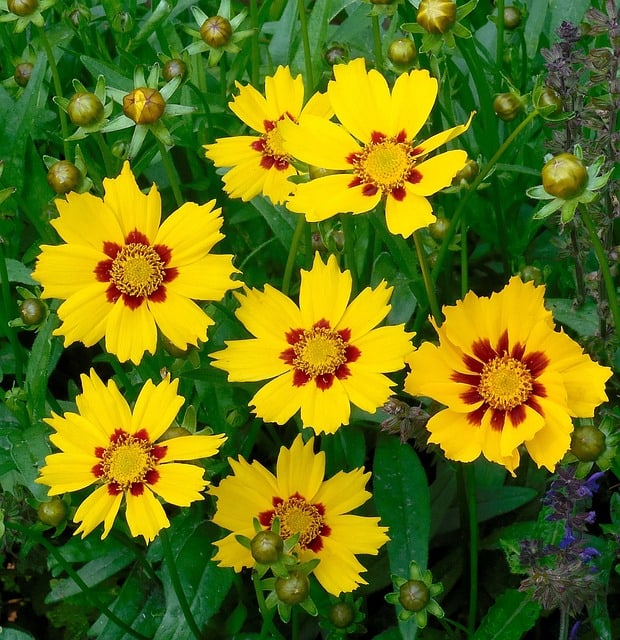
Coreopsis, or tickseed, is a cheerful perennial flowering plant ideal for Zones 3-9. August and September are suitable for planting these flowers, which prefer sunny locations and well-drained soil.
With their bright yellow daisy-like blooms, coreopsis attracts pollinators and provides a burst of color to your garden. They bloom from spring through fall, ensuring a long season of delight and are drought-resistant once established.
Coneflower
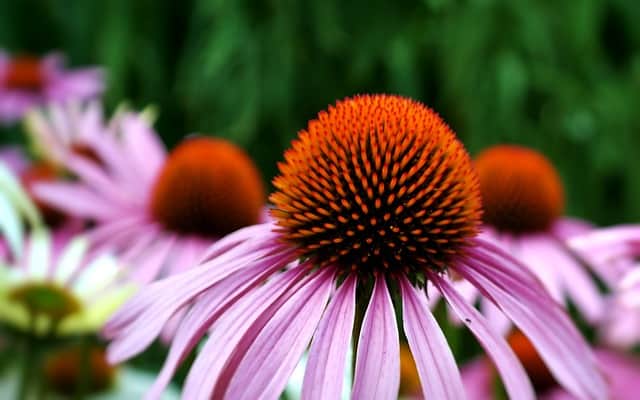
Coneflowers, or echinacea, are drought-tolerant perennials well-suited for late summer planting in Zones 3-9. They thrive in sunny conditions and prefer temperatures of 60-80°F (15-27°C).
Known for their striking purple blooms and unique cone-shaped centers, coneflowers attract bees and butterflies. They are a fantastic addition to borders and wildflower gardens, providing flavor to your landscape with vibrant colors throughout the summer and fall.
Russian Sage
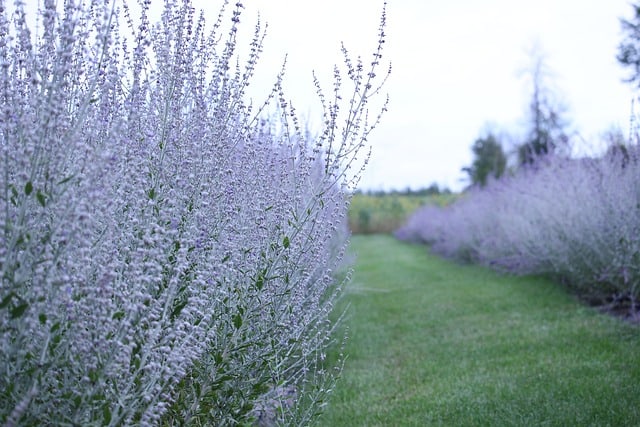
Russian sage is a drought-resistant perennial perfect for planting in late summer or early fall in Zones 4-9. It prefers well-draining soil and enjoys full sun, thriving in temperatures between 60-80°F (15-27°C).
With its silvery-gray foliage and delicate purple flowers, Russian sage adds texture to any garden. This perennial requires minimal maintenance and complements a wide range of garden styles, from cottage to contemporary.
Black-Eyed Susan
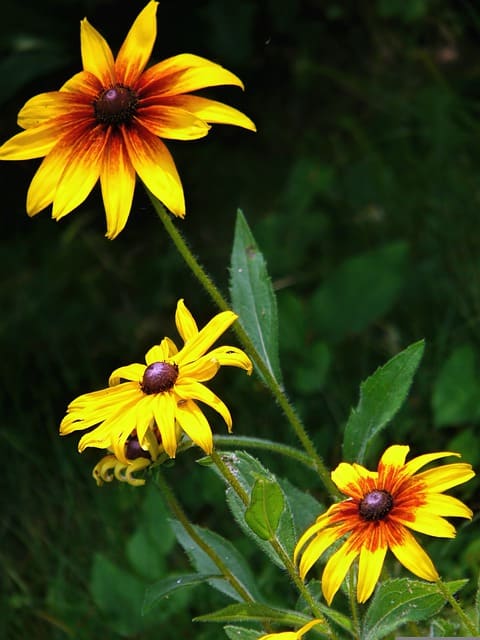
Black-eyed Susans are native perennial flowers that can be planted from late summer into early fall across USDA Zones 3-9. They do best in full sun and adapt well to various soil types, thriving in temperatures of 60-80°F (15-27°C).
These cheerful flowers, with their yellow petals and dark centers, are iconic in gardens and meadows. They provide vital support for pollinators and can bloom from summer until fall, bringing brightness to your landscape.
Sedums

Sedums are succulent perennial plants that can be planted in August through September in Zones 3-9. They thrive in well-draining soil and can tolerate dry conditions, preferring temperatures of 60-80°F (15-27°C).
With minimal care requirements, sedums provide stunning foliage and vibrant flowers in the late summer to fall. These hardy landscaping plants can create attractive ground cover or serve as beautiful additions to rock gardens.
Autumn Joy Sedum
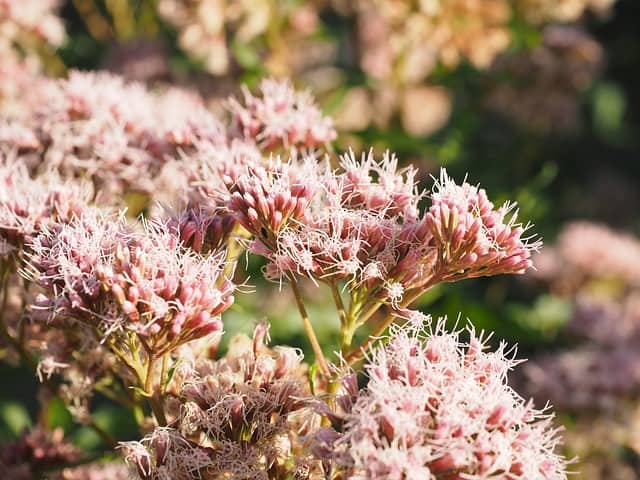
A specific type of sedum, Autumn Joy produces gorgeous pink flowers that transition to rich bronze hues in fall. It can be planted in August and September in USDA Zones 3-9 and thrives in well-drained soil in full sun conditions.
This hardy perennial offers both visual interest and low maintenance requirements. Once established, it can be a showstopper in any garden, providing fascinating autumn color and texture.
Viburnum
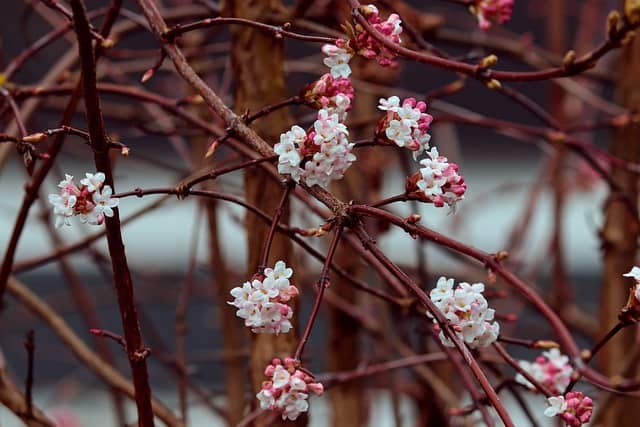
Viburnum is a versatile shrub that can be planted in autumn in Zones 3-9. They prefer well-drained soil and can thrive in temperatures from 60-75°F (15-24°C).
With stunning blooms that appear in spring and colorful foliage in autumn, viburnum serves as an excellent choice for privacy hedges and accent plantings. These multi-functional shrubs can also attract birds and provide habitat for wildlife.


